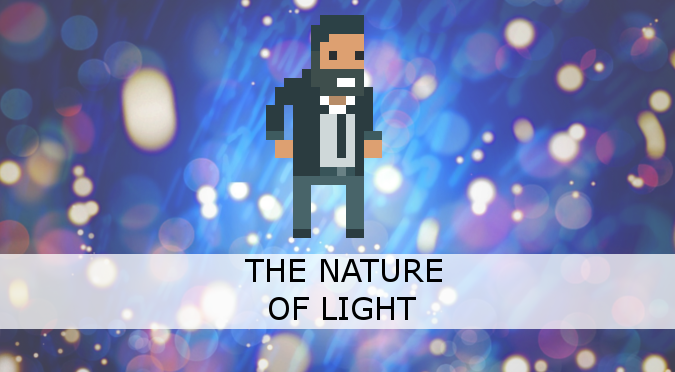Tag: unity
-

Tentacle Suckers Shader
—
Following the unexpected success of the tutorial on Inverse Kinematics for Tentacles, I have decided to share the shader that I used to make them so realistic. If you are not familiar with shaders, fear not. This tutorial will be target at beginners, and you’ll only need a basic understanding of how Unity works. A…
-
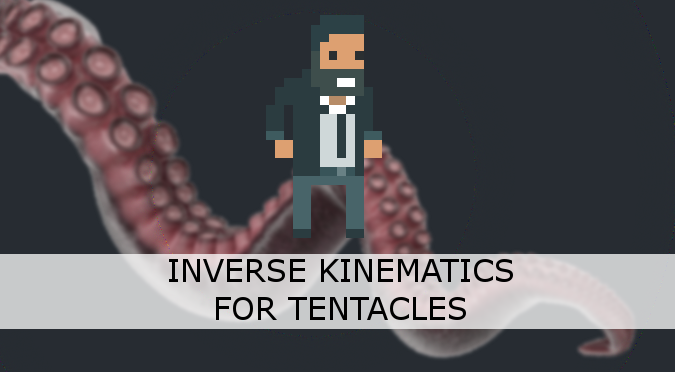
Inverse Kinematics for Tentacles
This post continues our journey in the depth of Inverse Kinematics. In this tutorial you will learn how to apply this powerful technique to create realistic tentacles. The other post in this series can be found here: At the end of this post you can find a link to download all the assets and scenes necessary to replicate…
-
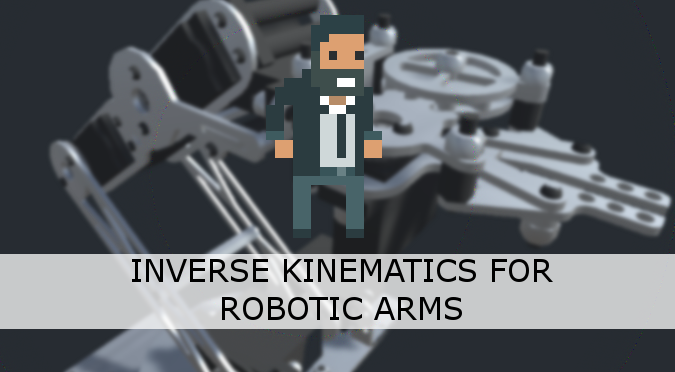
Inverse Kinematics for Robotic Arms
After a long journey about the Mathematics of Forward Kinematics and the geometrical details of gradient descent, we are ready to finally show a working implementation for the problem of inverse kinematics. This tutorial will show how it can be applied to a robotic arm, like the one in the image below. The other post in this series can…
-

Implementing Forward Kinematics
This tutorial continues our quest to solve the problem of forward kinematics. After exploring a mathematical solution in The Mathematics of Forward Kinematics, we will see how to translate it into C# for Unity. The next tutorial, An Introduction to Gradient Descent, will finally show the theoretical foundations to solve inverse kinematics. The other post in this series can be found…
-
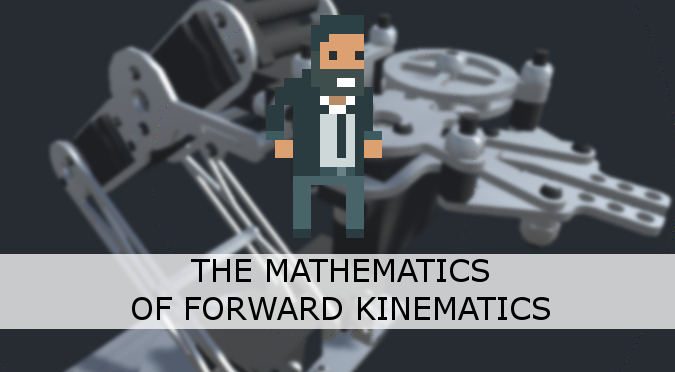
The Mathematics of Forward Kinematics
This tutorial starts our journey into the world of inverse kinematics. There are countless ways to approach this problem, but they all starts with forward kinematics. Inverse kinematics takes a point in space, and tells you how to move your arm to reach it. Forward kinematics solves the opposite, dual problem. Knowing how you are moving your arm, it…
-
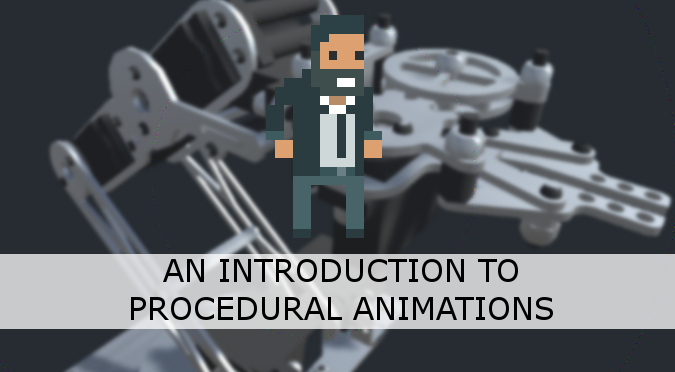
An Introduction to Procedural Animations
—
in DiscussionThis discussion introduces a new series about inverse kinematics for videogames. Before starting our journey, this post will show a few games that use procedural animations, and how they differ from traditional assets-based animations. You can find all the other parts here: At the end of this post you can find a link to download all the assets and scenes necessary…
-
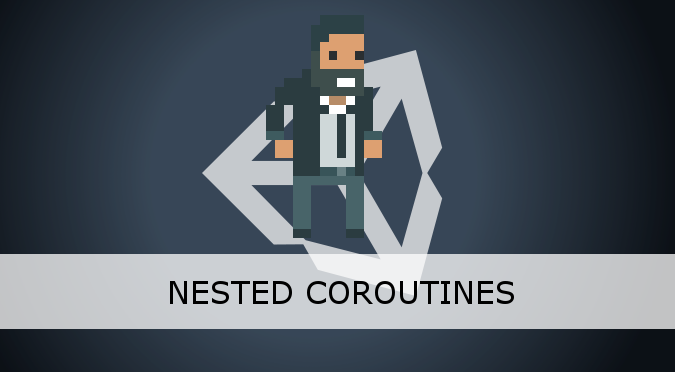
-
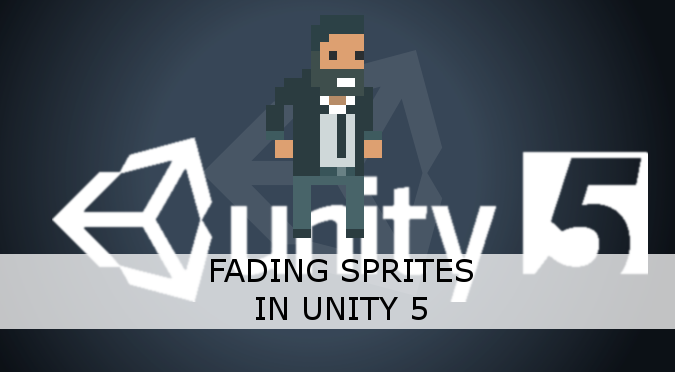
Fading Sprites in Unity
This tutorial shows how to extend the class SpriteRenderer to support intuitive, painless fading transitions. Despite referring to sprites, this approach can be used to easily animate any property of a game object in Unity. The link for the script used in this tutorial is at the end of the post.

